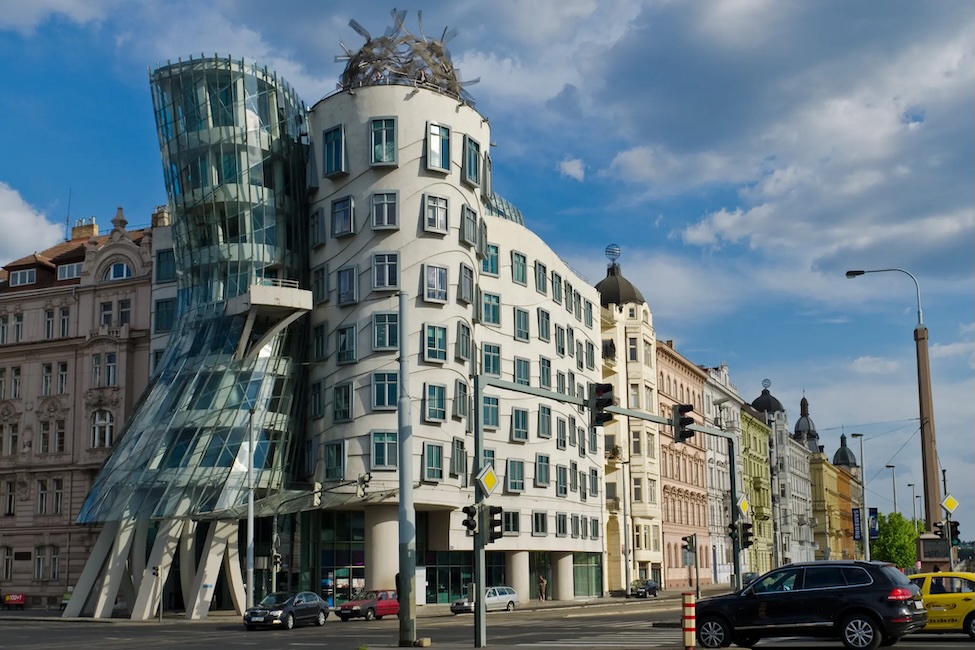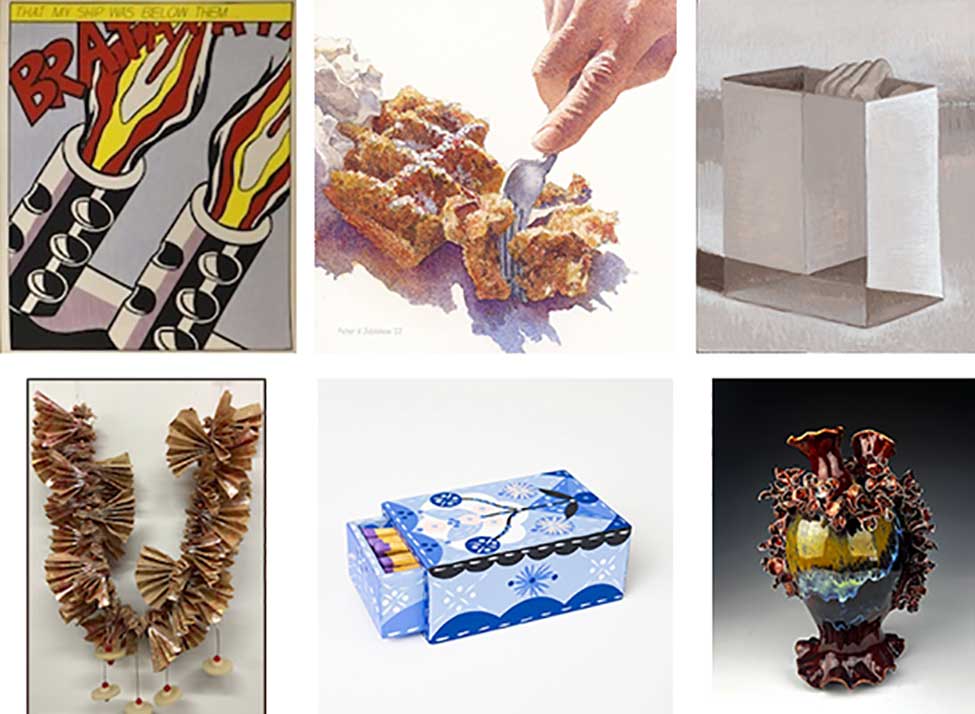A New View of The Milwaukee Art Museum

By FRANCK MERCURIO
Known for its signature Santiago Calatrava-designed Quadracci Pavilion (2001), the Milwaukee Art Museum recently completed a major renovation of its two older buildings: the Eero Saarinen–designed War Memorial Center (1957) and the David Kahler–designed addition (1975). When the galleries reopen to the public on November 24, they will feature 2,500 works of art from a permanent collection of 30,000.

The museum’s director, Dan Keegan, oversaw the 14-month, $34 million renovation. “We wanted to fundamentally change the visitor experience and showcase the collection like never before,” explained Keegan during the museum’s recent press preview. “We wanted to match the beauty of the Calatrava addition with how we present the art itself.”
The expansion allows for a more comprehensive display of the museum’s encyclopedic collection, including the full narrative arc of American art from colonial times to the present day. It also presents opportunities for showcasing some of the museum’s previously underplayed collection areas, such as photography, self-taught and folk art, and 20th century design.

The new installation begins with Tom Wesselman’s Still Life #51 (1964). This monumental painting—featuring an eight-foot-tall can of Pabst Blue Ribbon—greets visitors as they enter into the newly renovated Kahler-designed addition. The Wesselman serves as a tongue-in-cheek tribute to Milwaukee and a fitting starting point for the museum’s re-installed Modern and Contemporary Art Galleries.

From here, visitors encounter a series of large, light-filled galleries featuring iconic works by the likes of Warhol, Wiley, and Judd, but also a number of impressive pieces by contemporary women artists, such as Claire Zeisler, Elizabeth Murray, and Cornelia Parker. Throughout the main level, several east-west “allées” cut-through the new gallery spaces, providing views into other parts of the museum and glimpses of classic visitor favorites, such as Edwin Landseer’s Jocko and the Hedgehog (1828).


The new 10,000-square-foot Herzfeld Center for Photography and Media Arts resides on the museum’s lower level. “We’ve never had a dedicated space of this scale,” explains Lisa Sutcliffe, Curator of Photography and Media Arts. “The idea is to create a broader context for understanding photography and other light based media—film, video, light installations—and show them together so visitors can understand them as part of a larger whole.”
The Herzfeld Center’s inaugural exhibition, Light Borne in Darkness, features nearly 180 works from the museum’s extensive photography collection. Highlights include Edward Weston’s breathtaking Bad Water, Death Valley (1938)—the first work of photography acquired by the museum—and an immersive installation by contemporary British artist Anthony McCall titled You and I, Horizontal (II) (2006).


The renovation also includes a new east façade that overlooks Lake Michigan and reconnects the Kahler-designed addition to the lakefront. Visitor amenities include a second entryway into the museum, a wine bar, and lounges with stunning views of the lake. The east end also contains the new Bradley Family Gallery, a 4,000-square-foot special exhibition space, currently featuring Sam Francis: Master Printmaker, an inaugural exhibition of the Abstract Expressionist’s works on paper.
For more information about the Milwaukee Art Museum’s renovated galleries, visit www.mam.org






